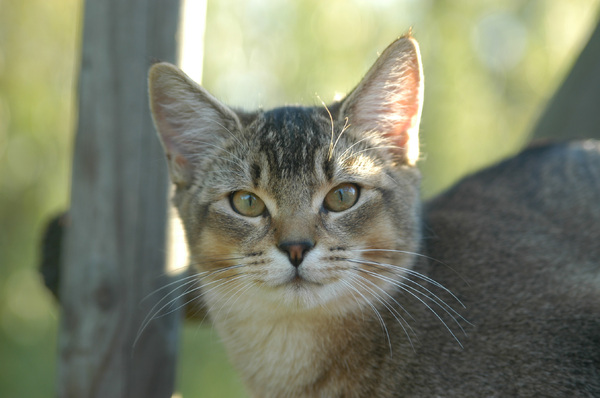Adjusting Cat Litter for Senior Felines: Unique Considerations
Adjusting Cat Litter for Senior Felines: Unique Considerations
Blog Article

Cat litter and litter boxes play an essential role in the lives of both felines and their owners. From the humble starts of sand and soil to the ingenious developments of today, the world of cat litter has actually progressed significantly. In this detailed guide, we explore every element of cat litter and litter boxes, exploring their history, types, benefits, challenges, and everything in between.
The history of cat litter dates back centuries, with ancient civilizations utilizing sand, soil, and even ashes as primitive litter products. However, it wasn't up until the mid-20th century that contemporary cat litter as we understand it emerged. In 1947, Edward copyright presented the world's very first business cat litter made from absorbent clay, revolutionizing the way cats relieved themselves inside your home. Considering that then, cat litter has actually gone through various changes, with the introduction of clumping litter, silica gel litter, naturally degradable choices, and more.
Today, feline owners are spoiled for choice when it comes to selecting the right litter for their feline companions. Traditional clay litter stays popular for its price and efficiency in taking in odors. Clumping litter, which forms solid clumps when wet, simplifies cleansing and upkeep. Silica gel litter, made up of highly absorbent silica crystals, offers superior smell control and durability. Eco-friendly choices, such as recycled paper, wood pellets, corn, and wheat, attract environmentally conscious customers.
Each kind of cat litter provides unique advantages. Clay litter masters its capability to take in moisture and control smells, making it a reliable choice for lots of feline owners. Clumping litter simplifies day-to-day scooping and extends the time in between complete litter changes. Silica gel litter supplies remarkable odor control and can last longer in between replacements. Naturally degradable litters provide a sustainable alternative that decreases ecological impact.
While cat litter boosts indoor feline health, it is not without its challenges. Dust from clay litter can posture breathing risks for both felines and people, prompting the appeal of dust-free alternatives. Some felines might develop litter box hostility due to issues with texture, aroma, or cleanliness, necessitating experimentation with various litters and box configurations. Multi-cat families may need strategic litter box positioning and regular maintenance to avoid territorial disputes and make sure all cats have access to tidy facilities.
Choosing the appropriate litter box is vital for promoting positive litter box routines and overall feline wellness. Factors to think about include size, ease of access, and design preferences. Covered litter boxes supply privacy and aid include smells, but some felines might discover them confining or frightening. Open-top litter boxes offer simple gain access to and exposure however may lead to more litter scatter. cat litter box furniture Automatic self-cleaning litter boxes streamline maintenance however require regular tracking and upkeep.
Appropriate litter box upkeep is essential for making sure a tidy and inviting environment for both felines and their owners. Daily scooping gets rid of waste quickly, decreasing odor and dissuading litter box hostility. Regular litter replacement, usually every 1-2 weeks, avoids bacterial buildup and preserves ideal absorbency. Extensive cleaning with mild cleaning agent and water, preventing harsh chemicals that may prevent felines from using the box, must be carried out monthly.
Cat litter and litter boxes play a central role Covered Litter Boxes in promoting a healthy and unified relationship in between felines and their human companions. With a diverse variety of litter alternatives and litter box styles available, cat owners have the flexibility to customize their options to match their cats' preferences and home requirements. Covered Litter Boxes By understanding the evolution, types, benefits, and difficulties of cat litter and litter boxes, animal owners can supply their feline good friends with a comfortable and hygienic indoor environment.